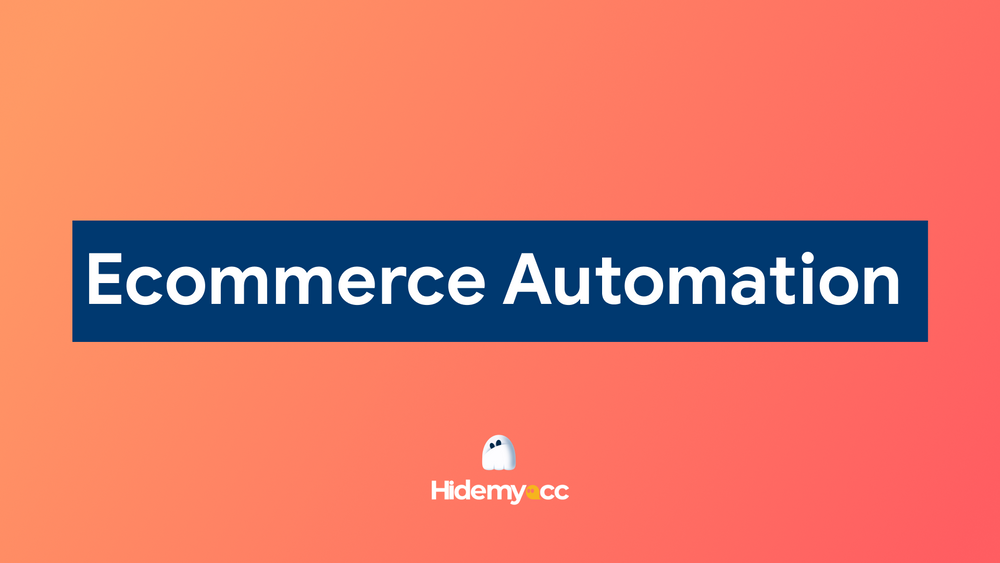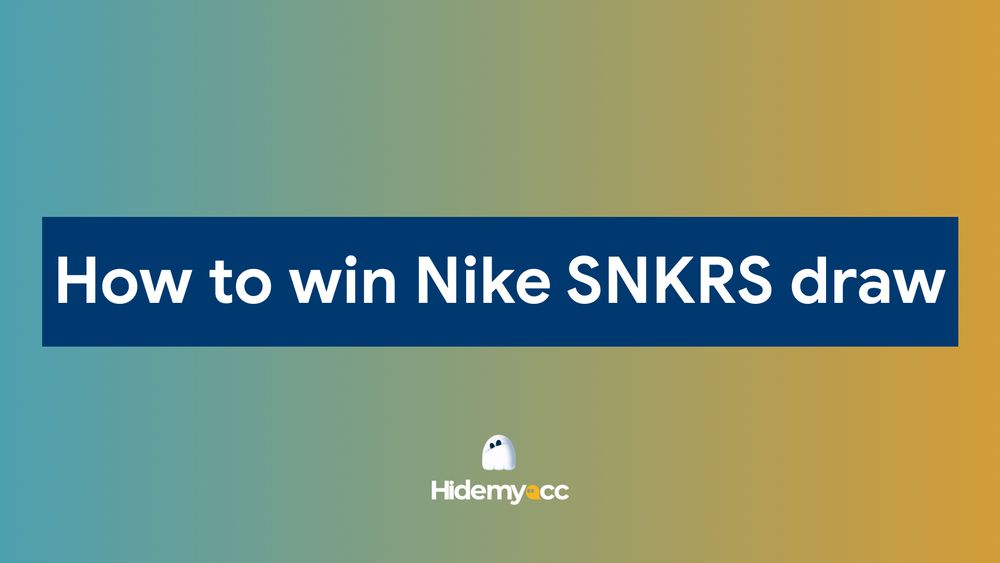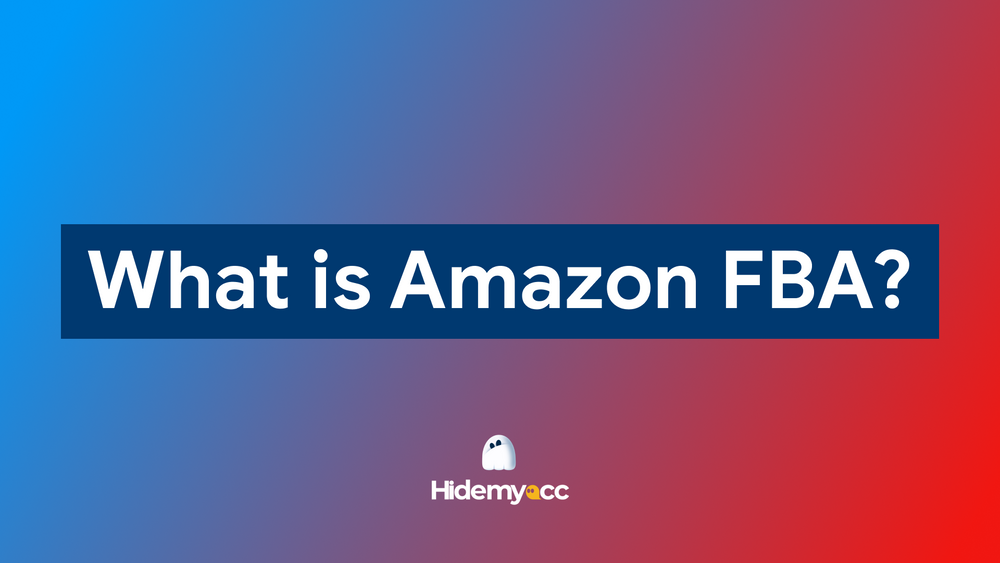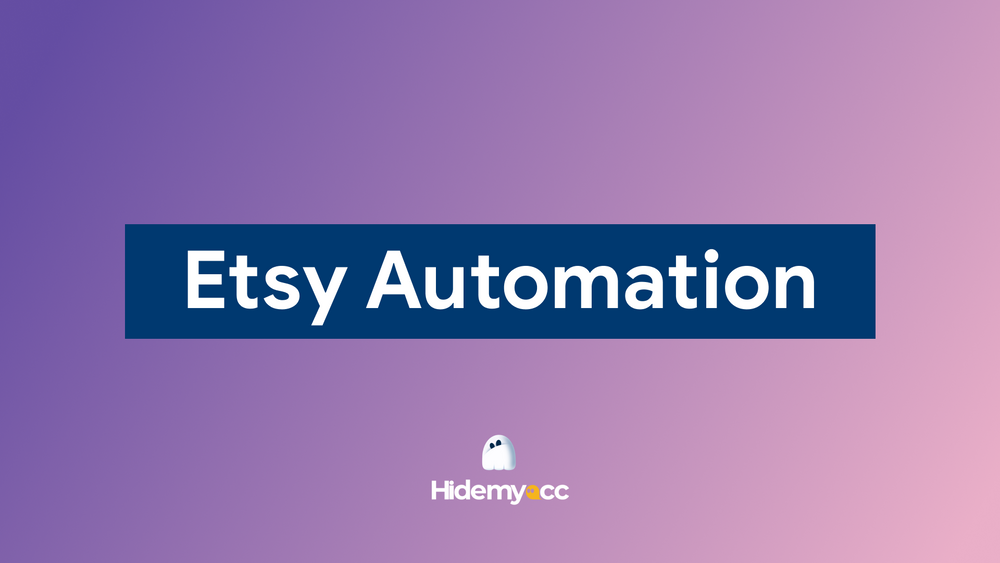Cashback programs have quietly changed the way people shop by giving you money back on everyday purchases. From buying groceries to booking flights, these rewards add up over time with little effort. In this guide, Hidemyacc breaks down how cashback programs work and how to use them smartly to maximize what you earn.
1. What is a cashback program?
A cashback program is a way to get back a small part of the money you spend when you shop. Instead of earning points or coupons, you receive actual cash, usually through your bank account, e-wallet, or as credit on your next purchase.
These programs are offered by credit card companies, shopping apps, and some stores. Each time you buy something through them, you earn a percentage of that purchase back, typically ranging from 1% to 10%, depending on the offer.
For example, if you buy $100 worth of groceries and your cashback rate is 5%, you’ll get $5 back. Over time, these little amounts can turn into real savings.
Cashback programs are popular because they’re easy to use and don’t require you to change your shopping habits. Whether you shop online or in-store, you can earn rewards just by using the right card or app. In short, it’s like getting a small thank-you every time you spend money.
2. How do cashback programs work?
Cashback programs might seem like free money, but there’s a simple system behind them. Understanding how they work can help you choose the right one and use it more effectively.
2.1. Cashback through shopping platforms
When you shop through a cashback website or app, you're helping a brand get a customer. In return, that brand pays a small fee, called a commission, to the platform. The platform then gives you a part of that commission as cashback.
For example, you buy a $100 jacket through a cashback app. The store pays the app $10 for referring you. The app keeps $5 and sends $5 back to you. That’s your reward for using their link.
This setup is based on affiliate marketing, where businesses reward platforms that bring in paying customers.
2.2. Cashback through credit cards
Credit card cashback works a bit differently. Every time you use your card, the bank earns money from fees that stores pay. Some cards also earn from interest and annual charges.
To keep you using the card, the bank gives you a portion of its earnings as cashback. You usually get 1 to 5 percent back, depending on the category or promotion. Some cards apply it automatically, while others need you to activate the offer in advance.
2.3. How do you receive your cashback?
Cashback can show up in a few ways. You might get it as a bank deposit, PayPal transfer, statement credit, or store voucher. Many platforms have a minimum payout amount, so you’ll need to reach that before you can withdraw.
2.4. Do you need to do anything special?
It depends on the program. Some work in the background once you sign up. Others need you to activate offers, shop through a specific link, or use a mobile app or browser extension. A quick check before you buy can make sure you don’t miss out on rewards.
3. Top types of cashback programs to join
Not all cashback programs are the same. Some are built into your credit card, while others come as apps or store memberships. Here are the main types to consider, and how each one works.
3.1. Credit card cashback programs
These are offered by banks and card issuers. When you use a cashback card, you earn a percentage of your purchase back, usually between 1 and 5 percent. Some cards offer higher rewards for specific categories like groceries, gas, or online shopping. Others have flat-rate cashback on everything.
This type is great if you use your card for most purchases and pay off your balance monthly to avoid interest.
3.2. Shopping apps and cashback websites
Platforms like Rakuten, TopCashback, or ShopBack give you cashback when you shop through their links. You simply visit the site or app, search for the store you want to buy from, click through, and complete your purchase.
These are easy to use and support hundreds of popular retailers. Some also offer browser extensions so you don’t forget to activate cashback.
3.3. Retailer loyalty programs
Many grocery chains, pharmacies, and department stores offer cashback through their own loyalty accounts. You scan your card or app at checkout, and points or cashback are added to your account for future use.
While the savings are usually small, they’re automatic and consistent, especially if you shop there often.
3.4. Cashback debit accounts and fintech apps
Some digital banks or fintech companies offer cashback on purchases made with their debit cards. These programs are often tied to partner merchants, and the cashback is credited directly to your account.
This option is useful for people who prefer not to use credit cards but still want to earn rewards.
4. How to pick the best cashback program for you
With so many cashback options out there, choosing the right one can feel overwhelming. But if you focus on how and where you spend, the decision becomes much easier. Here are a few key things to consider before signing up.
4.1. Look at your spending habits
Start by thinking about where your money goes each month. Do you spend more on groceries, online shopping, gas, or travel? Different programs reward different types of spending.
- If you mostly shop online: use browser extensions or cashback apps like Rakuten or TopCashback.
- If you spend heavily at one store: check if they have a loyalty program that offers cashback.
- If you use your credit card for most purchases: a flat-rate cashback card might give you the best return.
Matching the program to your lifestyle makes a big difference in how much you can earn.
4.2. Compare reward rates and categories
Some programs give the same cashback rate on everything. Others offer rotating or fixed bonus categories. For example, one credit card might give 5% on groceries this quarter but only 1% on other things.
If you’re organized, rotating categories can be very rewarding. If you prefer simplicity, go for flat-rate programs or ones that reward your most frequent purchases.
4.3. Check payout terms
Every program has different rules for how and when you get paid. Look for:
- Minimum payout thresholds
- Payment methods (bank transfer, PayPal, statement credit, gift cards)
- How long cashback takes to show up
Some platforms take a few days, others may take months to approve your rewards.
4.4. Consider ease of use
If a program is too complicated, you’re less likely to stick with it. Choose one that fits your tech comfort level. For example:
- Don’t want to install anything? Try a cashback credit card.
- Like tracking deals? Use mobile apps with custom notifications.
The easier it fits into your routine, the more likely you are to use it consistently and earn more over time.
5. Pro tips to maximize your cashback rewards
Once you’ve joined a cashback program, it’s easy to earn a few dollars here and there. But with a little strategy, you can boost your rewards and make every purchase work harder for you. Here are some smart ways to get the most out of cashback programs.
5.1. Stack your rewards
One of the best tricks is to combine multiple cashback methods on a single purchase. For example, you can:
- Use a cashback credit card
- Shop through a cashback website or app
- Apply a promo code or discount
- Redeem store loyalty points
All these layers can add up without affecting each other. Just make sure to follow the correct order: start with the cashback platform, then pay using your cashback card.
5.2. Time your purchases
Many programs run seasonal promotions or limited-time bonuses, often around holidays or big sales. If you can wait for those windows, you might earn 2x or even 5x the usual cashback.
Also, some credit cards rotate their bonus categories every few months. Keep track and plan big purchases around them.
5.3. Activate or check offers first
It’s easy to forget this step, but some cashback programs require you to activate an offer before buying. That could mean clicking a button, using a link, or selecting a category in your account. Without this step, you may miss out on the reward.
5.4. Track your rewards
Many users lose cashback simply because they forget to track pending rewards or follow up on missing ones. Most apps and websites offer a dashboard where you can check the status of each transaction. Make it a habit to review your rewards regularly.
If something doesn’t show up, don’t be afraid to contact support. Most providers will help if you have proof of purchase.
5.5. Use referrals and bonuses
Some platforms give you extra cashback for referring friends or completing simple tasks. These bonuses can sometimes be worth more than your regular shopping rewards.
Check your account for referral links or seasonal challenges that offer one-time payouts.
6. Risks & downsides to watch out for
Cashback programs sound like a win-win and most of the time, they are. But there are a few things to keep in mind so you can use them wisely and avoid common pitfalls.
6.1. Overspending just to earn cashback
The biggest trap is spending more than you need just to get a small reward. If you buy a $200 item just to earn $10 in cashback, you’re still spending $190. Cashback only helps when you’re already planning to make a purchase. It should never be the reason you buy something.
6.2. Signing up for too many cards
It’s tempting to open multiple credit or debit cards just to chase cashback deals and welcome bonuses. But having too many cards can lead to high annual fees, forgotten due dates, or difficulty managing your finances.
In some cases, people end up carrying a balance and paying interest, completely wiping out the value of any cashback earned. If you’re using cards for rewards, make sure you can pay off the full balance every month and understand the costs involved.
6.3. Delayed or missing rewards
Some cashback platforms take weeks or even months to process rewards. And in a few cases, transactions can go untracked, especially if cookies are blocked or if you leave the site before completing the order.
To avoid this, always check that your cashback is being tracked properly. Use the same browser window and follow the platform’s steps carefully.
6.4. Payout minimums and restrictions
Many programs require you to reach a minimum balance, like $10 or $25, before you can withdraw your earnings. Some also limit how you can get paid, such as only offering gift cards or PayPal.
These rules aren’t deal-breakers, but they can slow down how quickly you enjoy your rewards.
6.5. Privacy and data concerns
Cashback apps and extensions often track your shopping behavior, browser activity, or location to improve recommendations and track purchases. While this is normal, it’s worth reading the privacy policy and making sure you’re comfortable with how your data is handled.
Stick with reputable platforms and avoid giving unnecessary permissions.
7. Conclusion
Cashback programs are a simple, low-effort way to earn money back from the purchases you already plan to make. Whether through a credit card, shopping app, or store loyalty program, they offer real value, especially when matched to your spending habits.
The key is to use them wisely. Focus on tools that fit your routine, avoid overspending, and always read the fine print. When used with intention, cashback becomes a practical way to save more without changing how you shop.
8. FAQ
1. What is a cashback program?
A cashback program is a system that gives you back a small percentage of what you spend. Instead of points or discounts, you receive actual money—usually as a credit, bank deposit, or e-wallet payout.
2. Which cashback app is the best?
It depends on where you shop. For general online purchases, Rakuten and TopCashback are popular. For in-store and groceries, Ibotta is widely used. Choose the one that supports the stores and categories you spend the most on.
3. Are cashback programs worth it?
Yes, as long as you don’t overspend just to earn rewards. Used correctly, cashback programs can help you save money on everyday purchases without changing your habits.
4. What is an example of cashback?
If you buy a $100 item using a 5% cashback offer, you’ll earn $5 back. That reward might be sent to your account as cash, store credit, or transferred to PayPal, depending on the program.
5. Is cashback risky?
Cashback itself isn’t risky, but how you use it can be. Overspending, signing up for too many credit cards, or not reading the fine print can lead to fees, debt, or missed rewards.
6. How does cashback make money?
Cashback platforms earn commissions from retailers when you make a purchase through them. Credit card companies make money from merchant fees and interest, and share a portion of that with you as cashback.
7. Is cashback legal?
Yes, cashback is legal. It’s simply a marketing incentive funded by businesses to attract and retain customers.
8. What is the disadvantage of cashback?
The main downsides are low payout amounts, delayed rewards, limited payment options, and the temptation to overspend for the sake of earning cashback.






